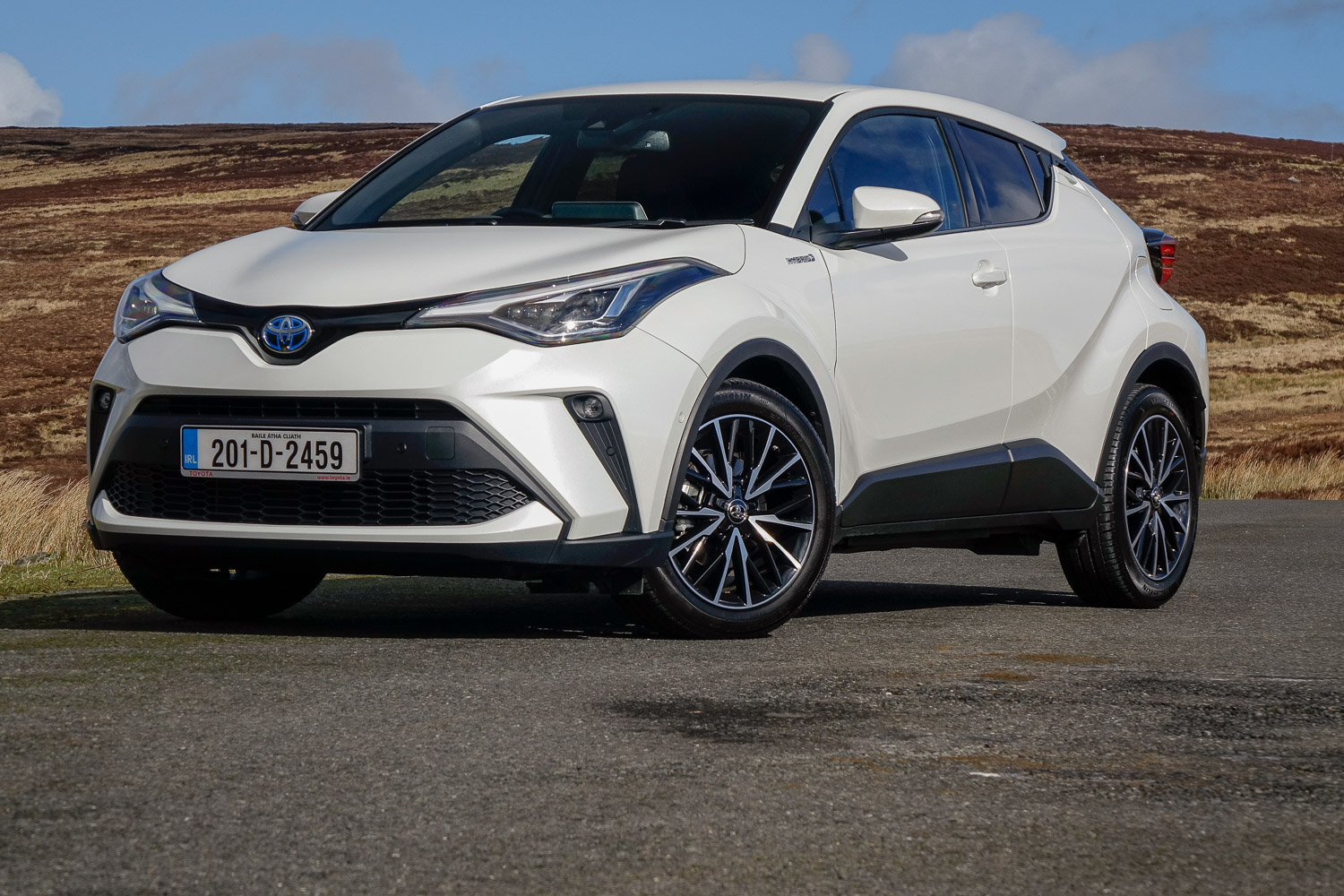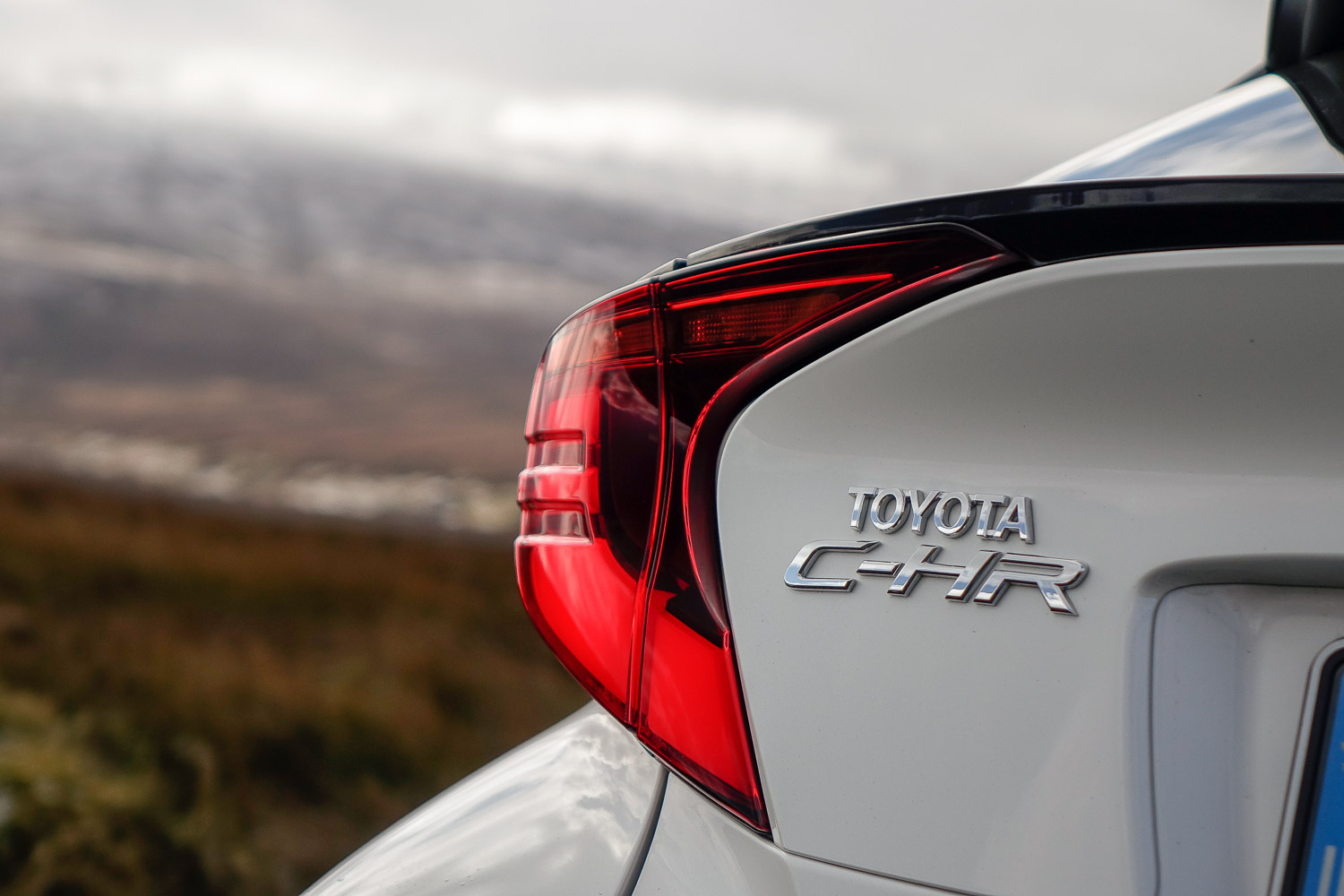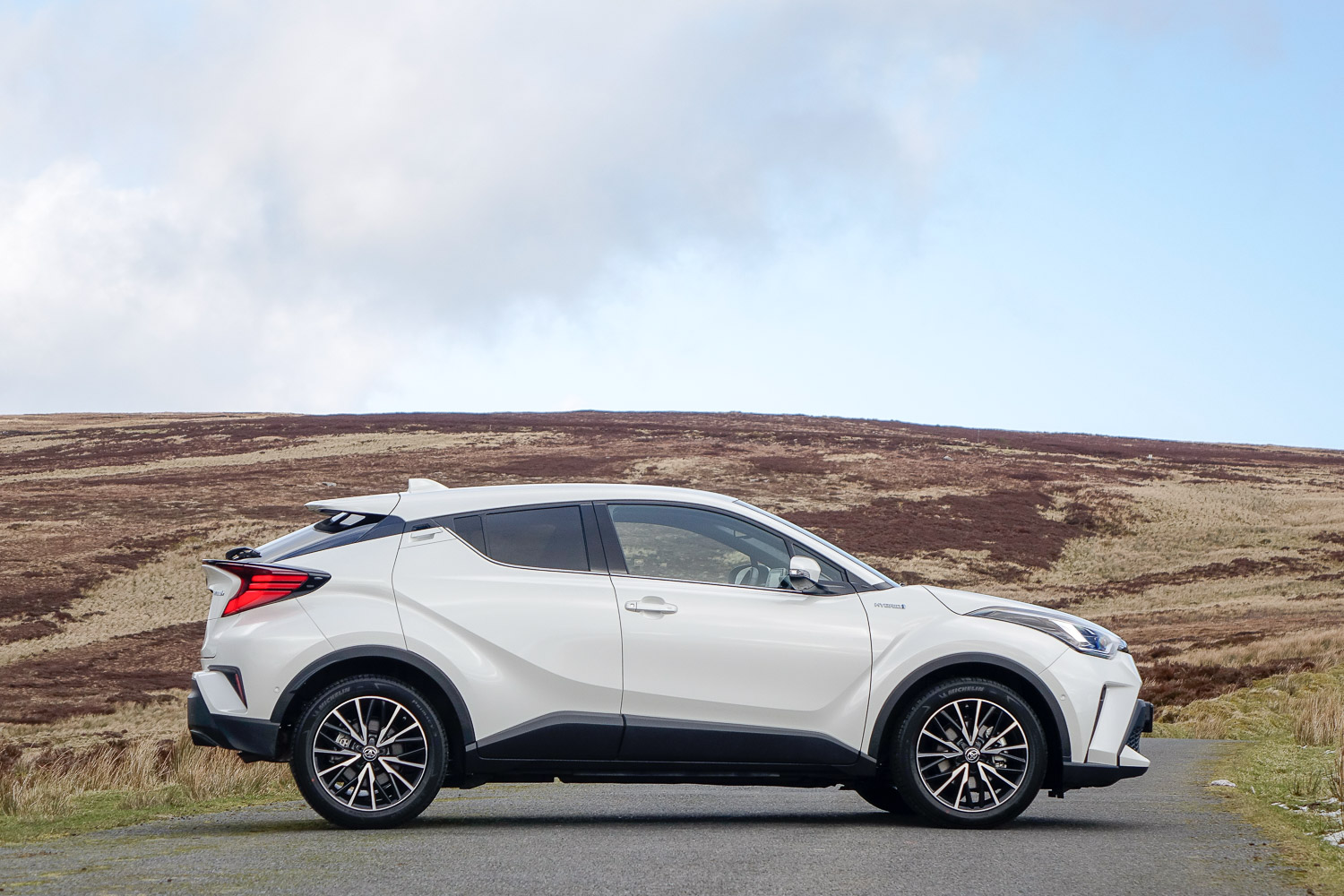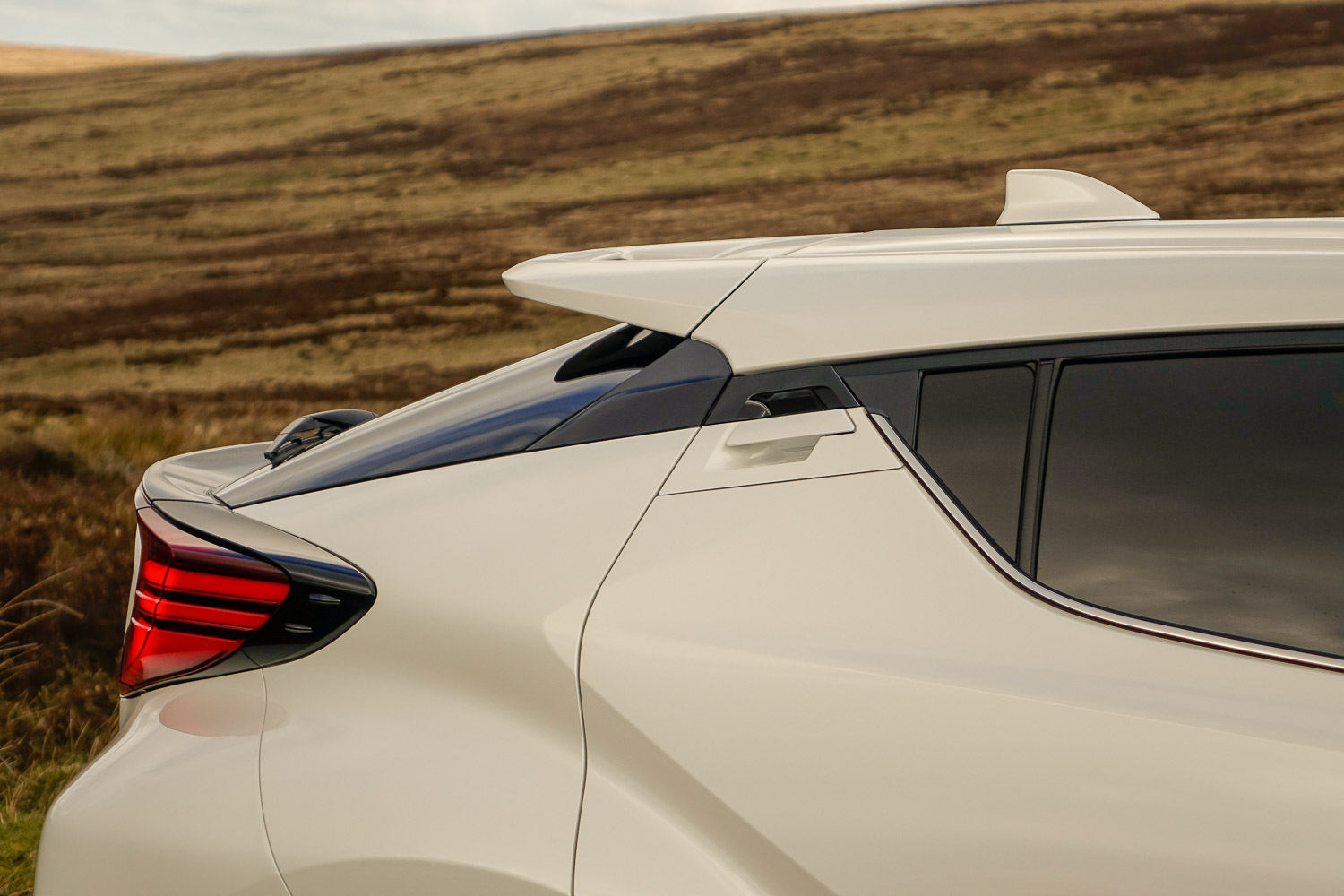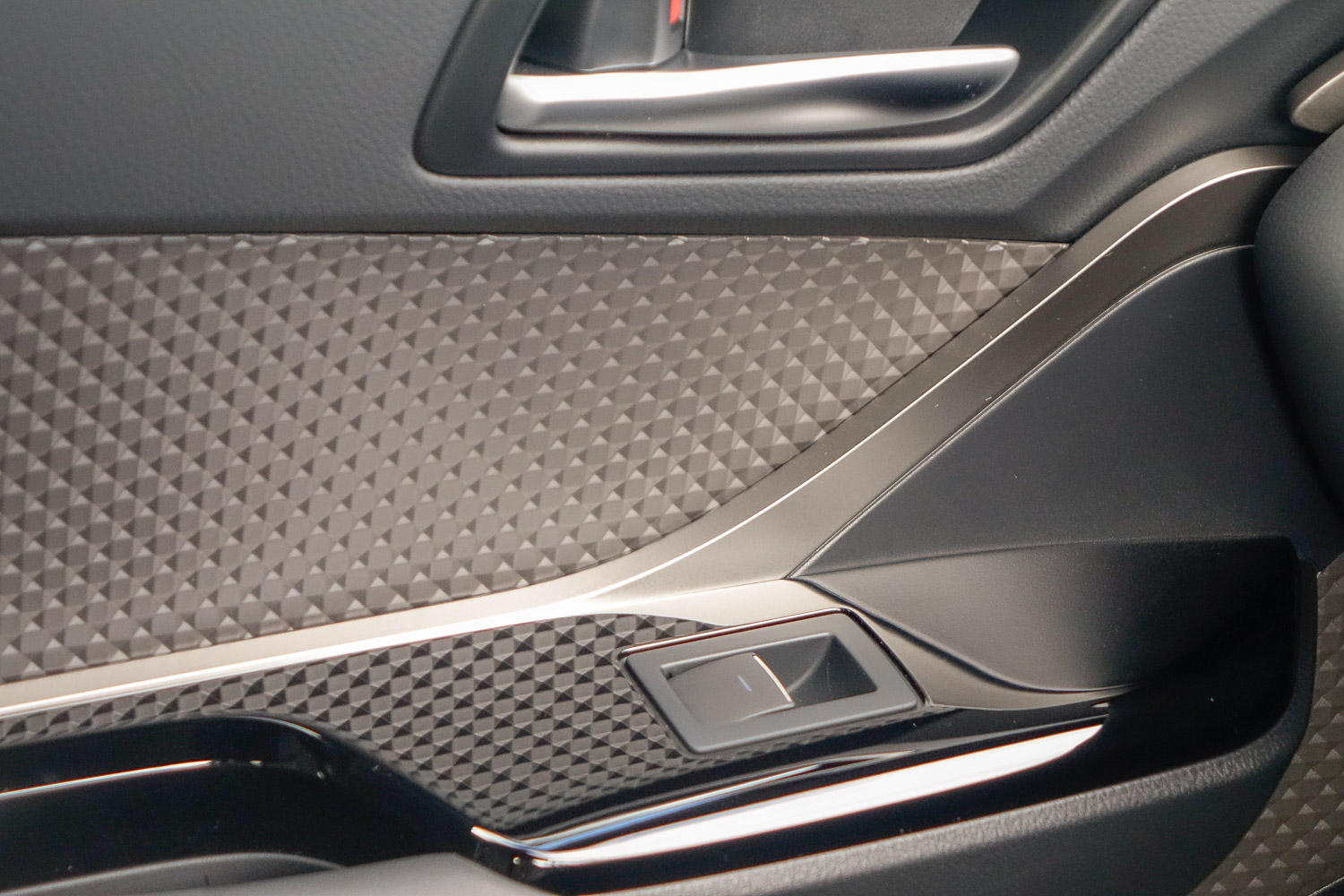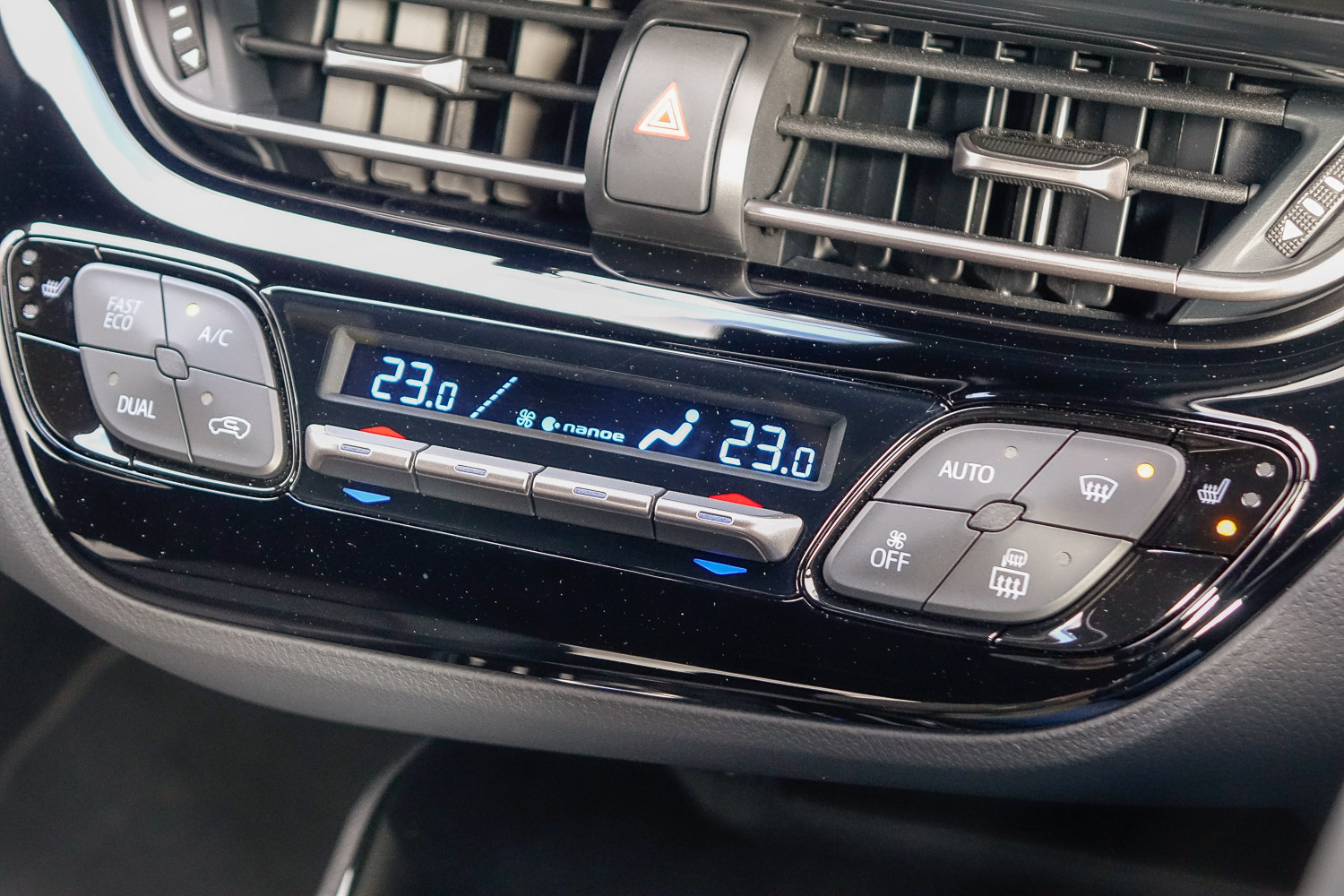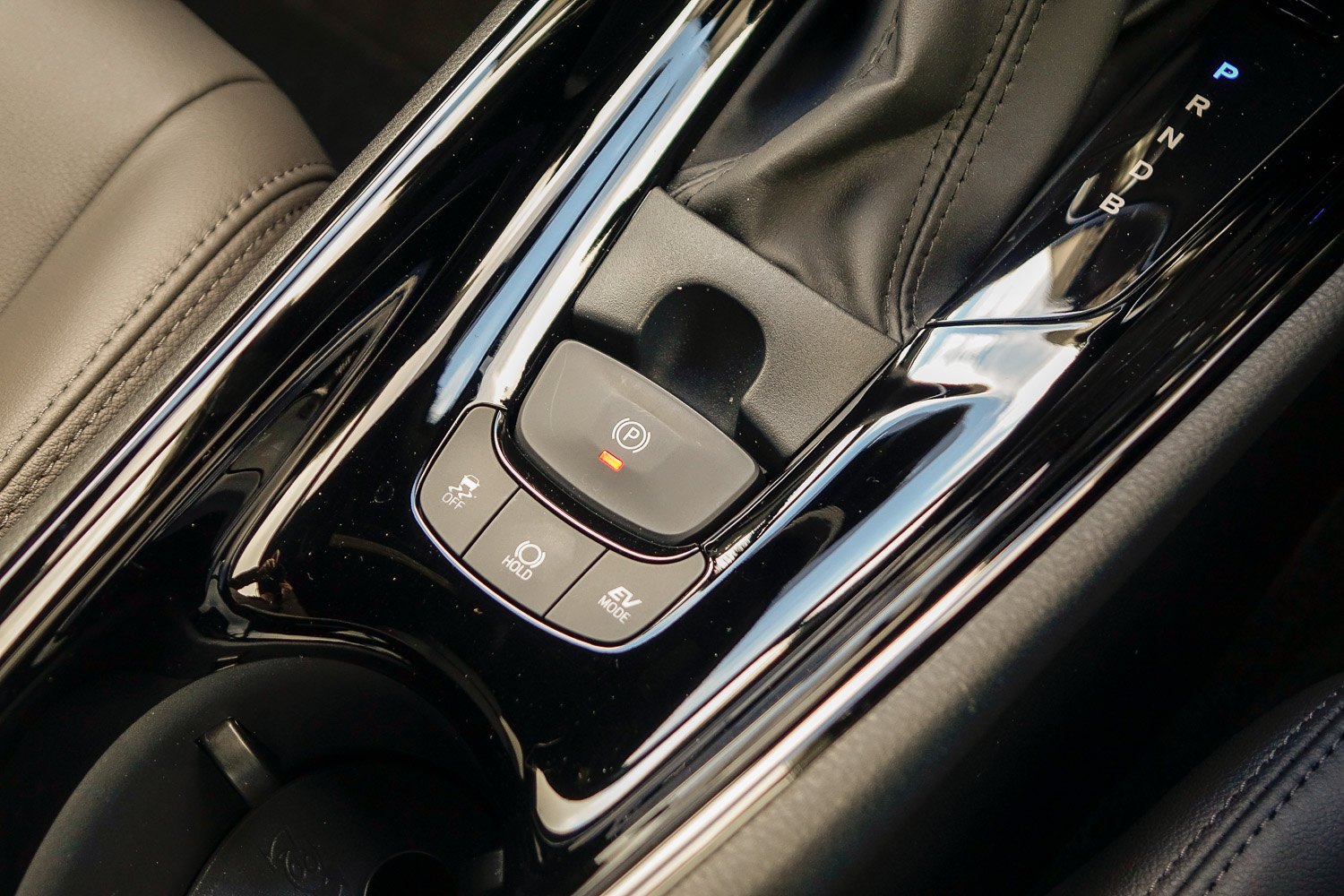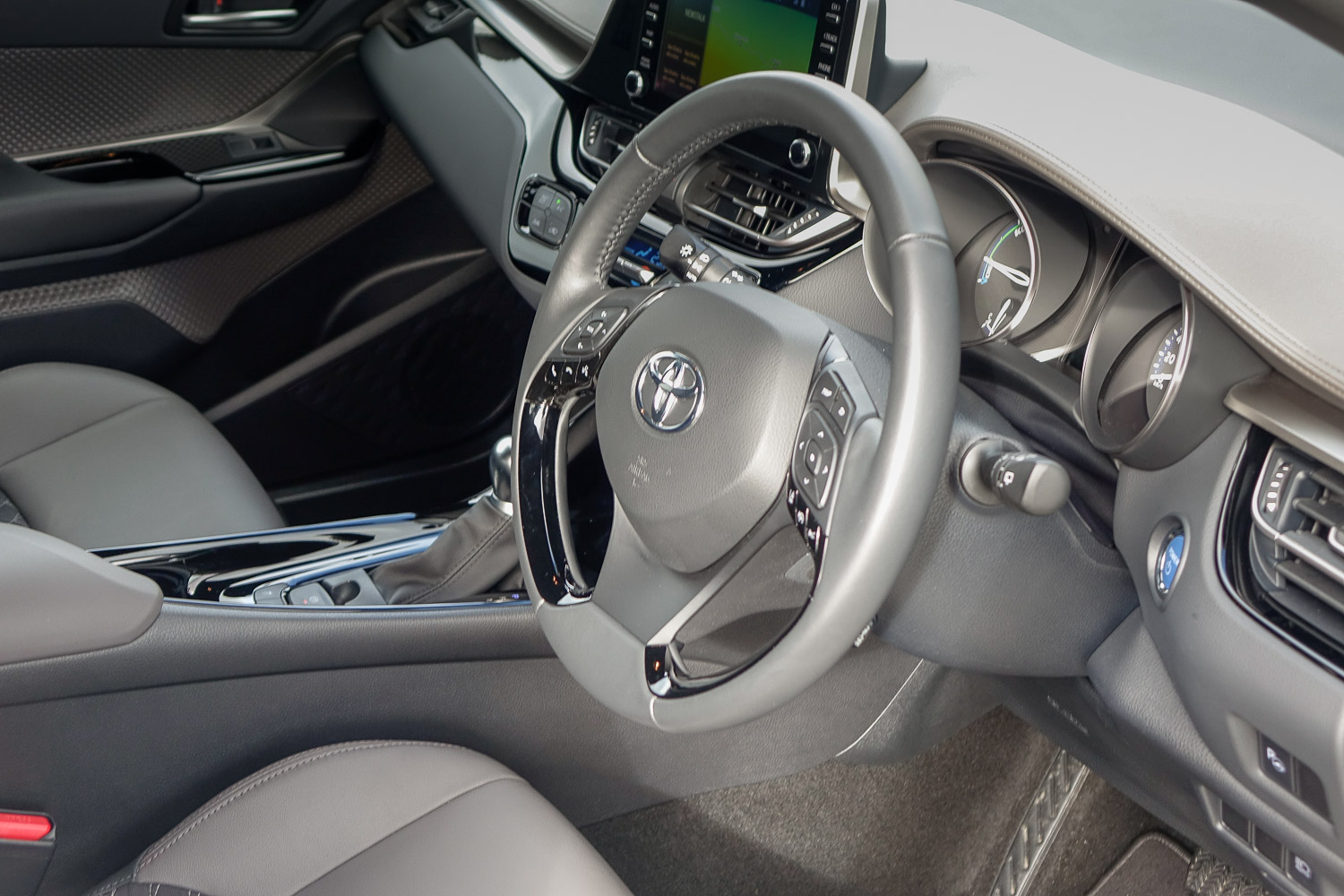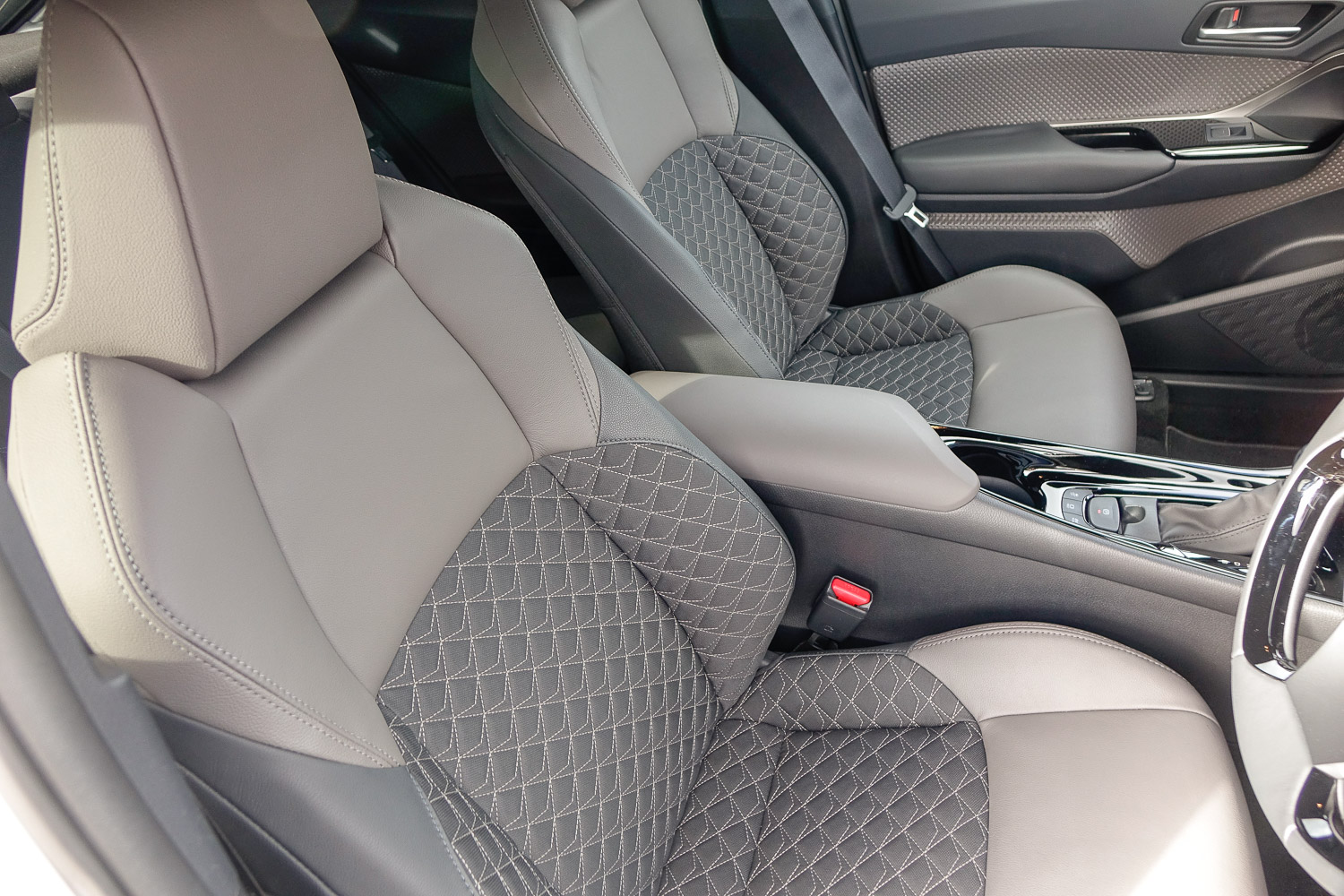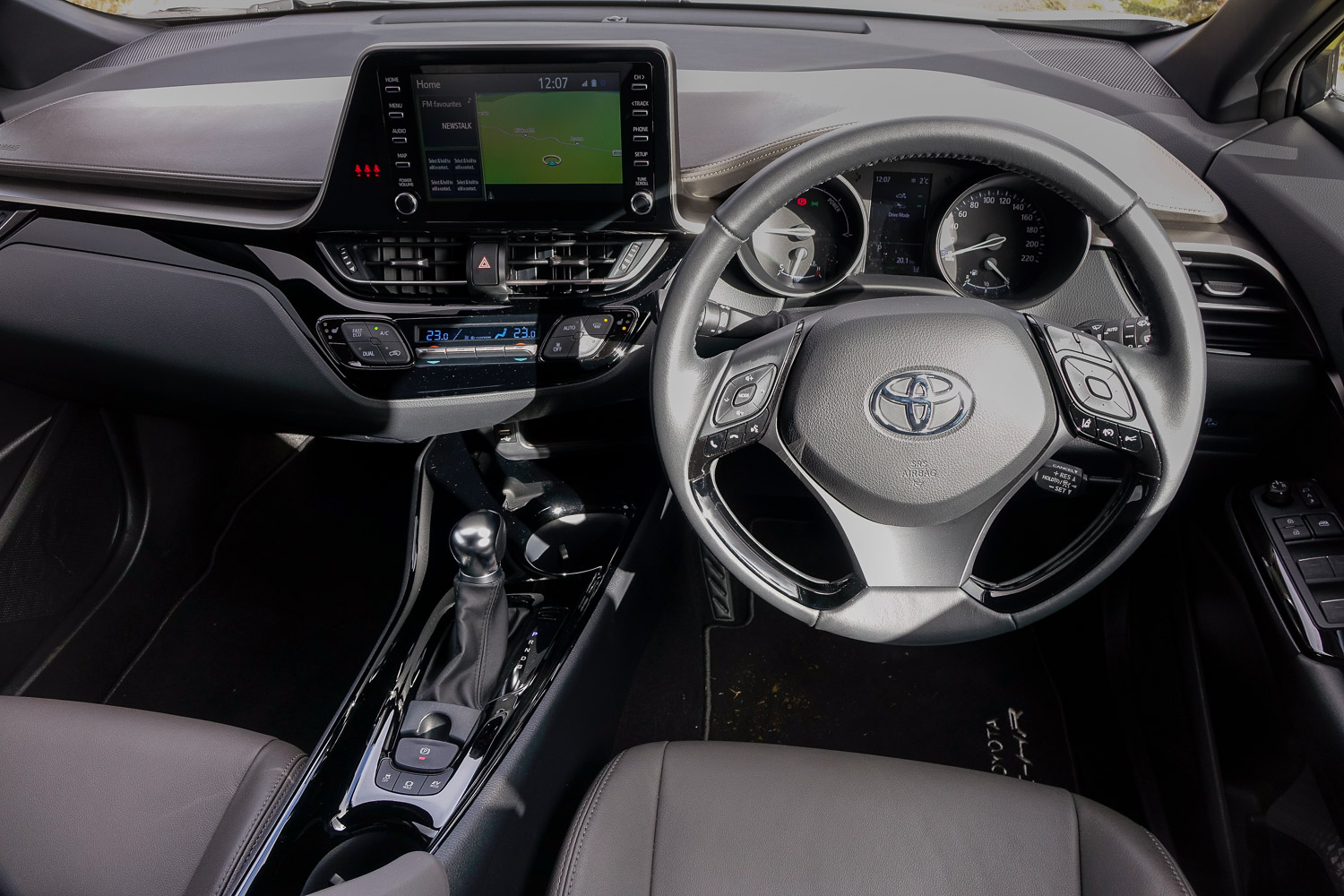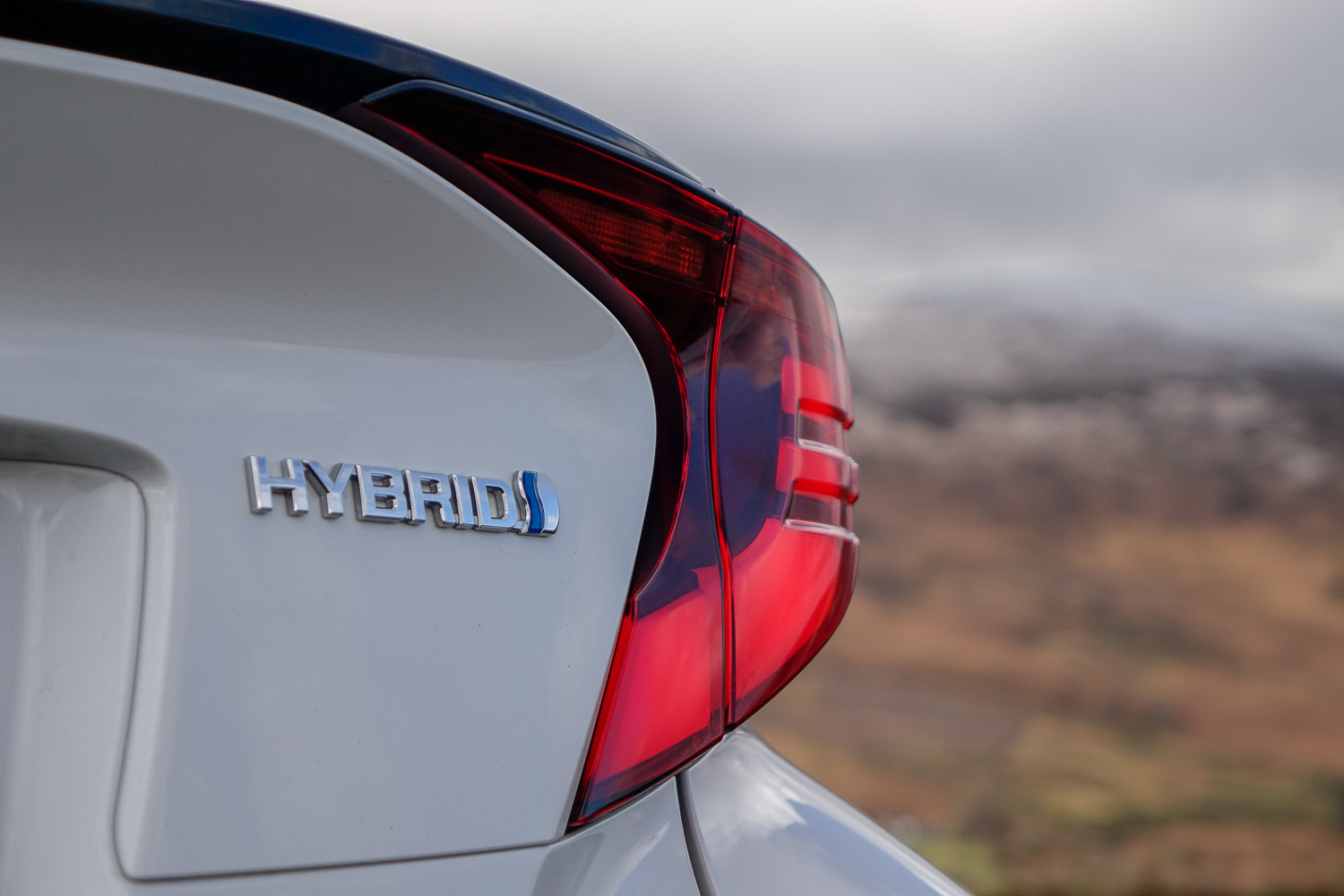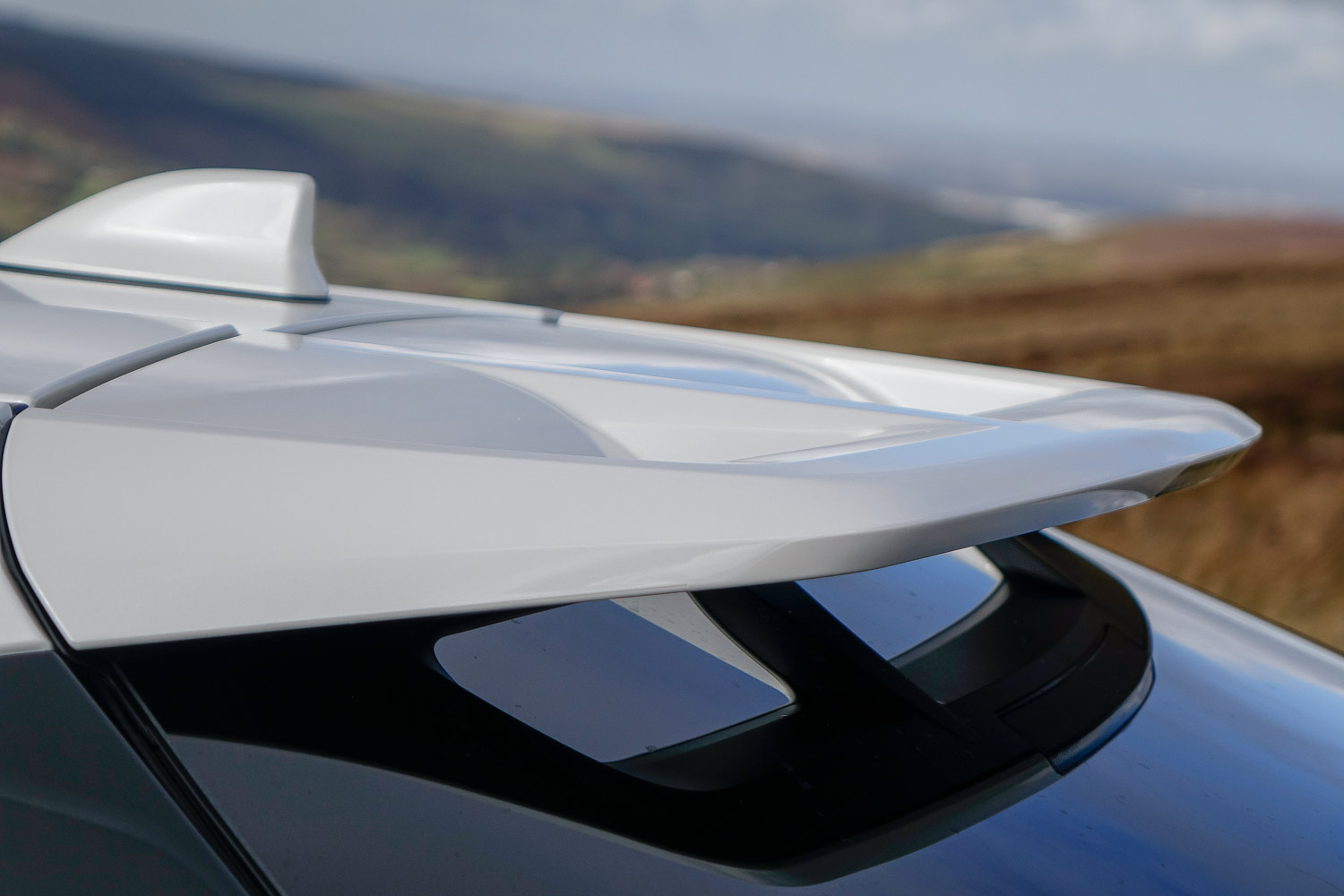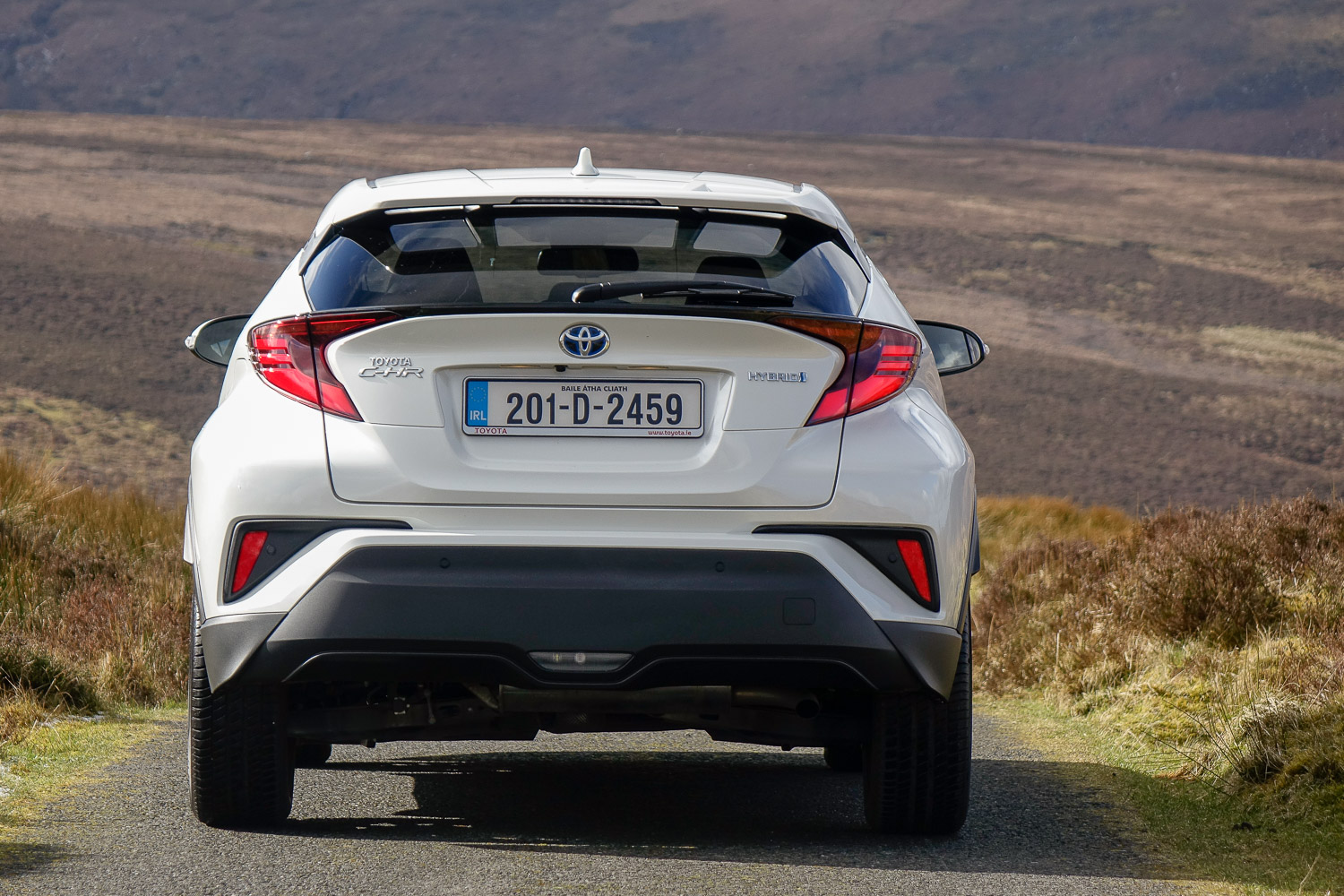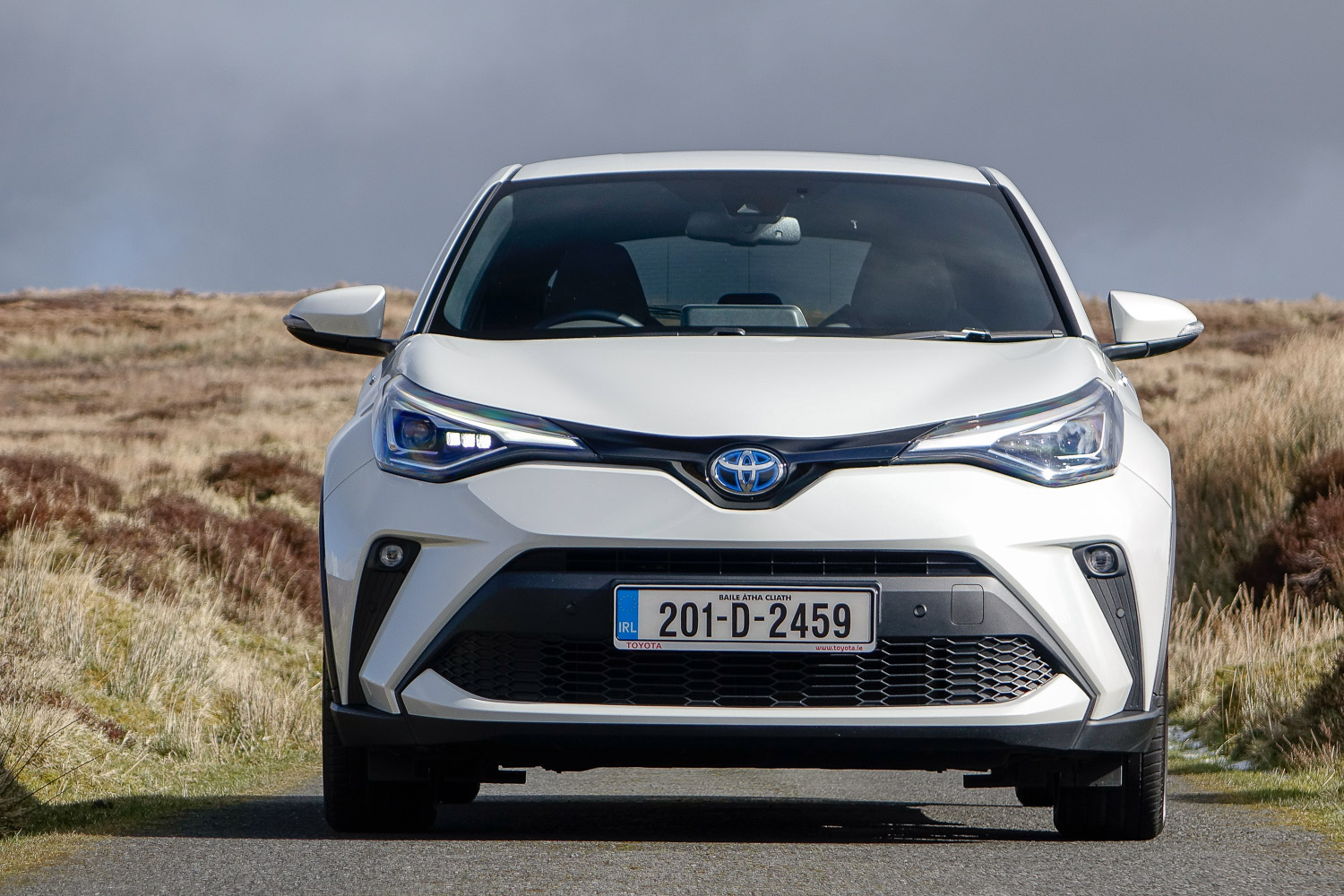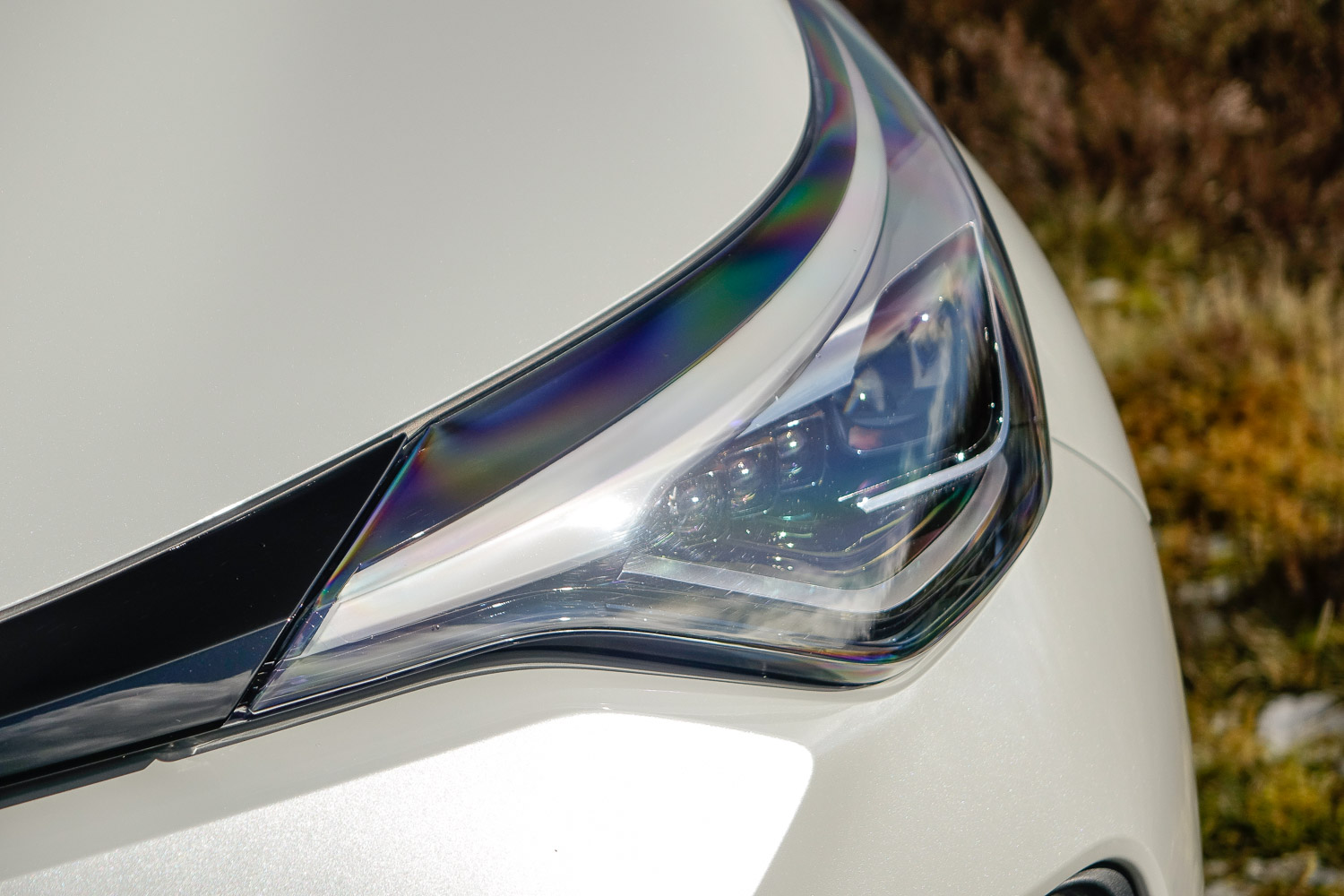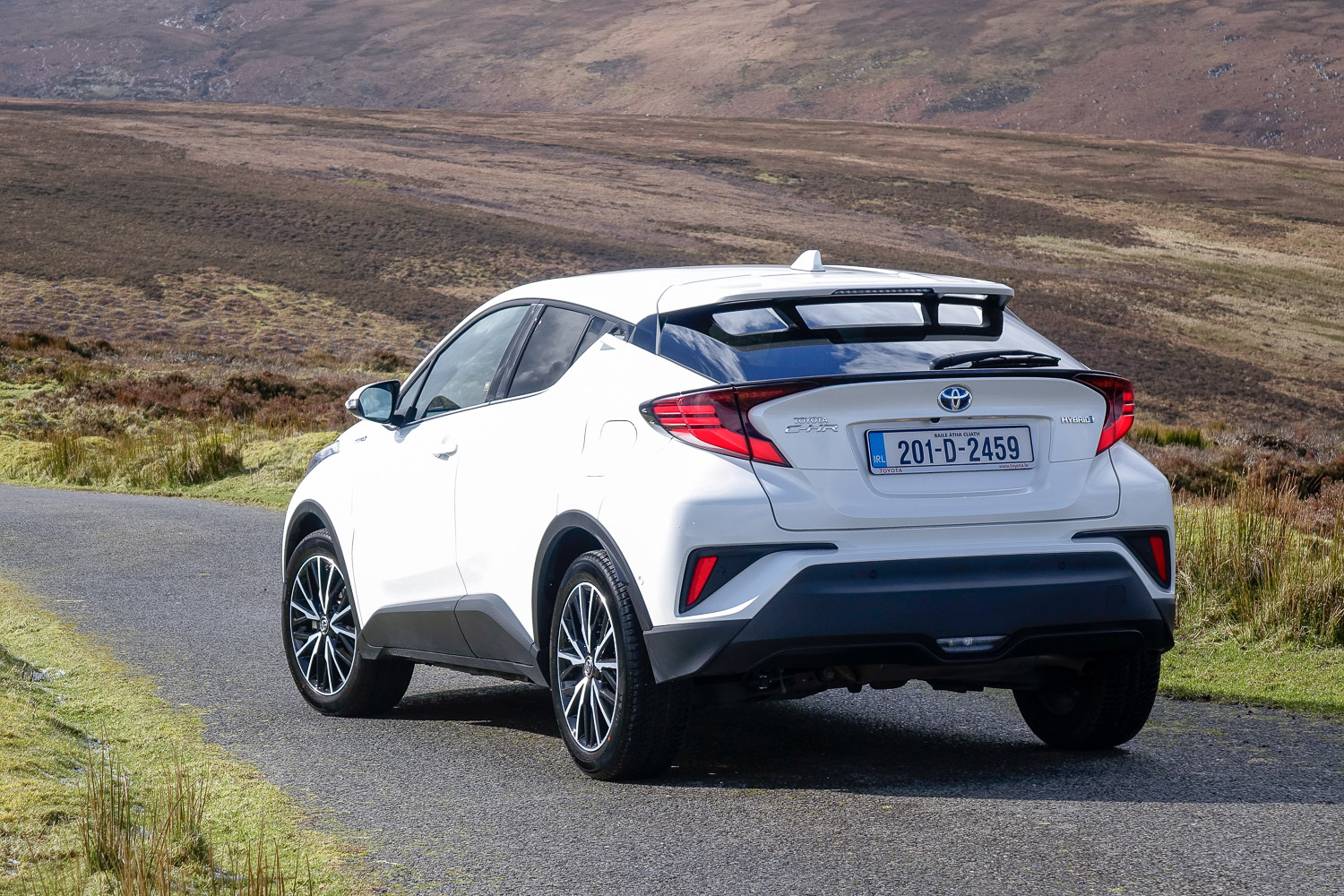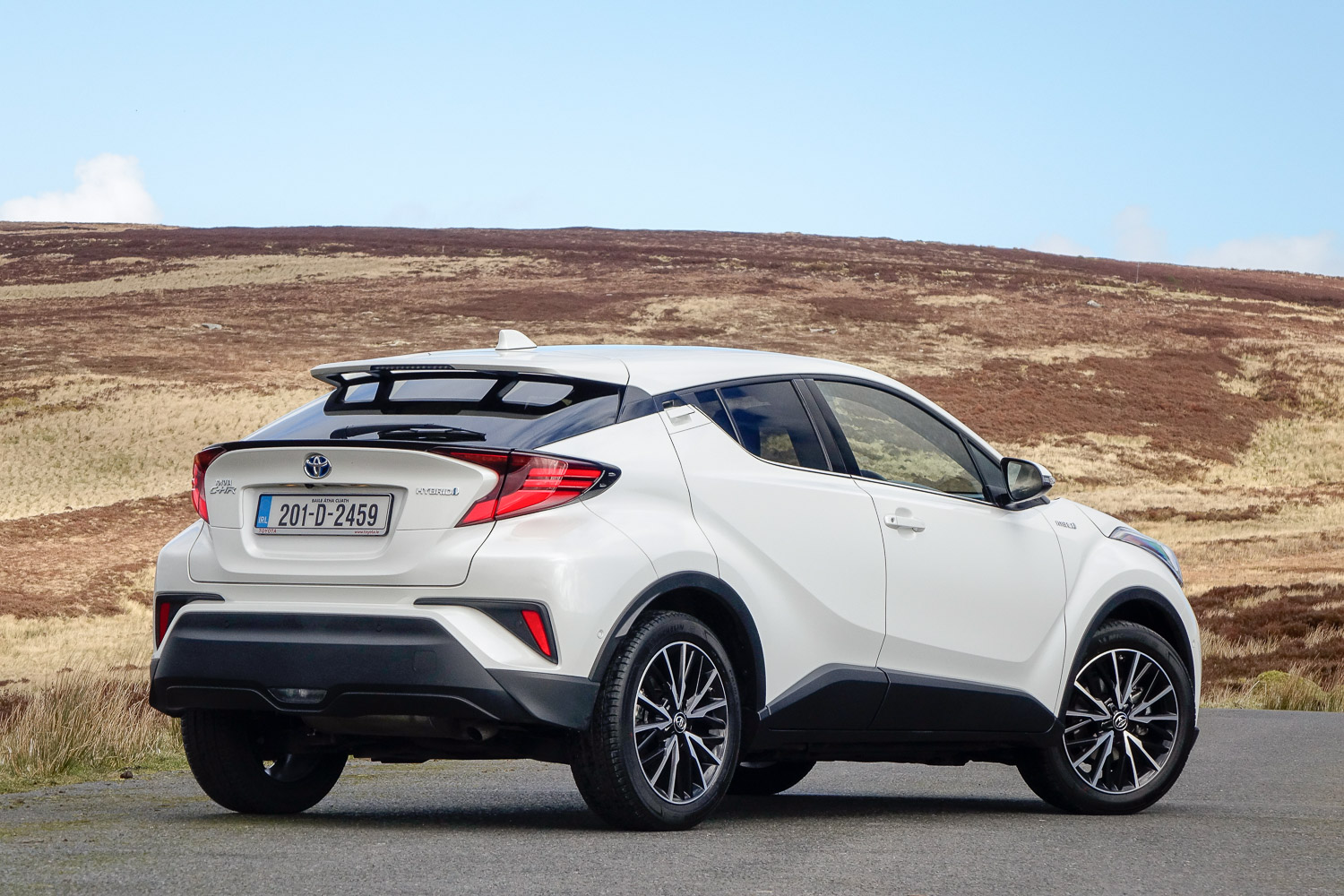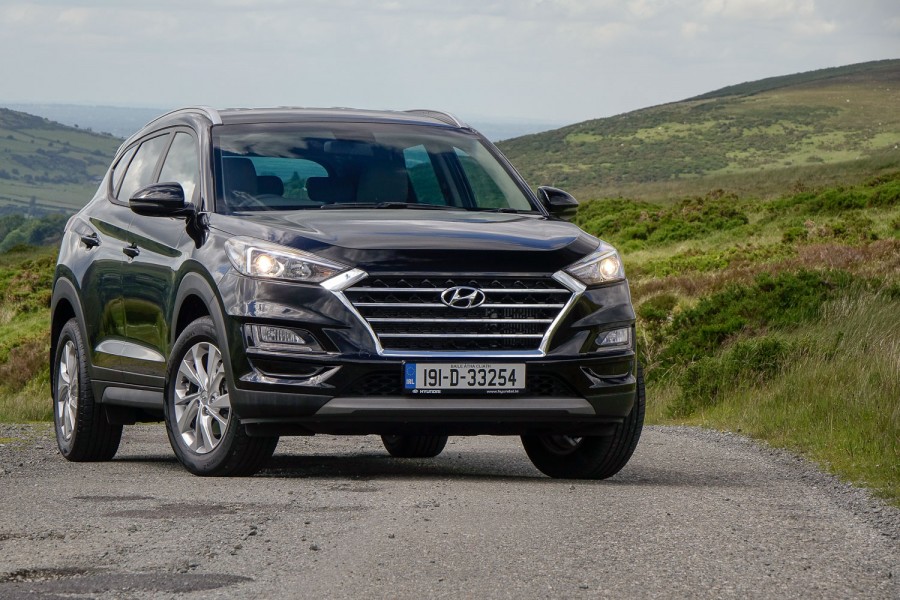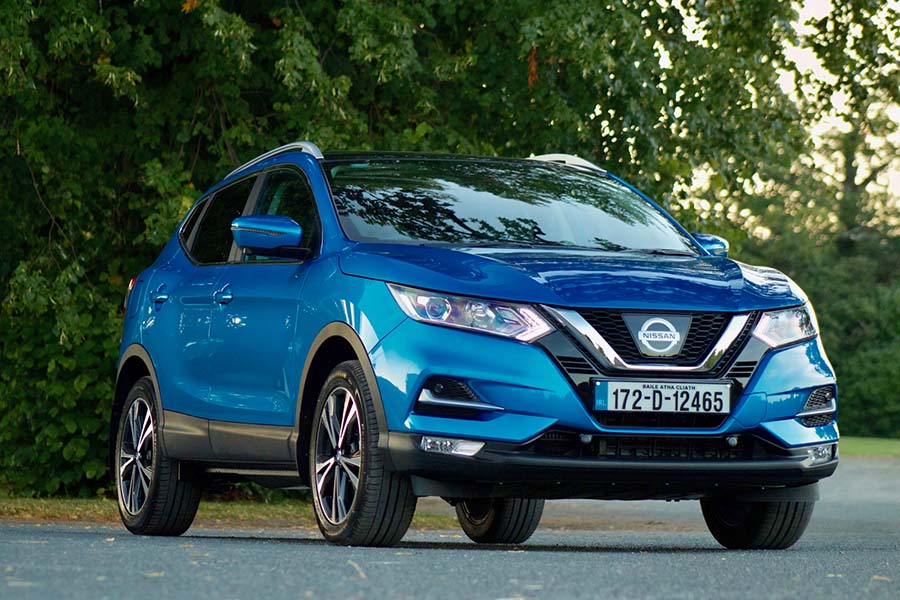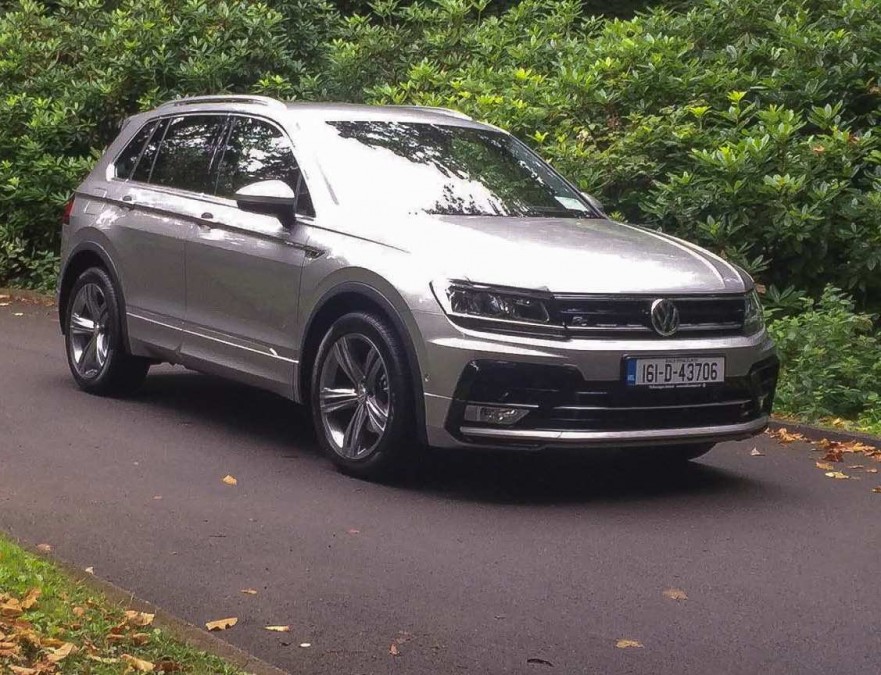What are you driving?
This is the updated Toyota C-HR crossover, tweaked and massaged for the 2020 model year. It's a tame facelift, but a useful one all the same. The C-HR is offered solely in hybrid, front-wheel-drive format now, though Toyota has added the more powerful 2.0-litre hybrid powertrain to the range (as first seen in the Corolla), for those that want a little more oomph. The 1.8-litre hybrid is now the entry-level option and that's what we're testing here. Apparently, it's been updated a little in terms of NVH (noise, vibration and harshness) and torque delivery from the electric motor.
The trim levels are familiar, ranging from Luna and Sport to Luna Sport and the Sol variant pictured here. Keep an eye out for orange and black examples on the road or at the Toyota dealerships, too, as they're the special Launch Edition.
At a minimum, from €30,620, the C-HR Luna gets 17-inch alloy wheels, the comprehensive Toyota Safety Sense package of safety functions, LED exterior lighting, dual-zone climate control and an eight-inch touchscreen infotainment system. The latter features a reversing camera display and, new to the C-HR, Apple CarPlay and Android Auto.
Next up is the C-HR Sport, starting at €32,470 (or €251.96 a month) and featuring 18-inch rims, rear privacy glass, front and rear parking sensors, automatic wipers, heated front seats, ambient lighting and a few more bits. The Luna Sport model starts at €34,350 (€268.78 a month) and adds two-tone paint, upgraded headlights, keyless entry, power folding door mirrors and blue detailing for the cabin.
Finally, the C-HR Sol costs from €35,550 (€273.73 a month) and gets satnav, more interior embellishments and an upgrade to the active safety and driver assistance technology.
Name its best bits
Toyota's designers have left well alone in the C-HR's looks department and it remains one of the most interesting crossovers on the market, from an appearance perspective. The light refresh of the bodywork is effective in modernising it without detracting from the distinctive look. And while I find the rear end fussy looking, from the front three quarters, the C-HR is very attractive indeed.
The cabin, which was a highpoint for Toyota when it first launched the C-HR in 2016, has been surpassed by that of the company's newer cars, but it's still a pleasant place to be. And the Sol version is enhanced by an extra brown leather-like material that really lifts the ambience. Of course, the big talking point inside the C-HR is Toyota's adoption of smartphone mirroring across the range, as standard. Which we approve of, obviously.
As before, the C-HR's chassis surpasses expectations for this type of car. It's genuinely good fun to drive.
Anything that bugs you?
The 1.8-litre hybrid powertrain is completely overshadowed by the new 2.0-litre option. Whatever you do, if your budget only stretches to the 1.8, don't take a test drive in a C-HR with the 2.0-litre engine under the bonnet. It's far superior, proving to be quieter, much quicker and even more enjoyable to drive.
Other than that, the C-HR never feels as big inside as some of the more conventional alternatives mentioned below. That's partly because of the shape of the rear windows, which make the rear compartment feel hemmed in somewhat, but also, the C-HR's boot is actually not all that large. It's a fine upgrade from the Corolla, in terms of roominess, but it's beaten on that score by the more upright SUVs and crossovers on the market for the same price.
And why have you given it this rating?
The Toyota C-HR is more relevant than ever, with its efficient petrol-electric hybrid powertrain, and it has been sensibly updated, keeping the core formula intact. It drives well, it feels of very high quality and its infotainment technology is now up to date. Saying all that, if you can afford to get the 2.0-litre version instead, then do.
What do the rest of the team think?
I still like the C-HR's shape. Yes, it's a bit over-styled, but that's preferable to the alternative and I think it looks like a high-tech running shoe. The interior is also an object lesson in how to make a relatively affordable car look and feel expensive. The handling's still sharp and the hybrid system just gets better and better. If only it were a little roomier...
Neil Briscoe - Editor-at-large

